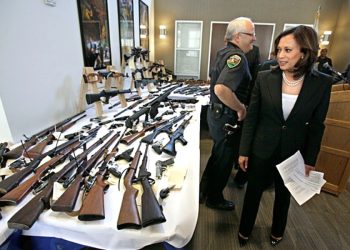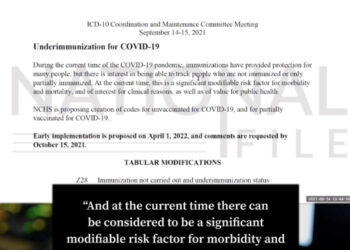Last Updated on August 25, 2019
The flagship state of progressive policies across the board, including gun control, doesn’t seem to be completely on top of gun crime–in this case, illegal ownership.
Over the years, humorous memes about cheaply made DIY guns sold at a mark-up at police buyback programs have enjoyed viral success on social media.
But, this time it’s different.
One of the most frequently used go-to counterarguments against gun control has been to point out a criminal’s disregard for the law; a criminal won’t go through all the legal minutiae before purchasing a firearm, for, supposedly, the commission of a violent crime.
In the UK, where purchasing many firearms is either illegal or prohibitively complicated, gun crime is still reported in many major cities.
According to NBC Bay Area
An Investigation by NBC Bay Area in partnership with NBC San Diego, NBC Los Angeles, and the non-profit journalists at The Trace found that law enforcement agencies across California are recovering record numbers of ghost guns. According to several ATF sources, 30 percent of all guns now recovered by agents in communities throughout California are homemade, un-serialized firearms, known on the street as “ghost guns.”
“This is not just something for enthusiasts. This has become something for people that are actual practitioners of violence,” said Graham Barlowe, the resident agent in charge at the ATF’s Sacramento field office.
Ghost guns can be assembled with parts sold by dozens of companies that create nearly completed firearms – known as “80 percent receivers.” Those parts require no background check to sell and can easily be turned into a fully functioning firearm with some basic knowledge and tools.
Ammoland contests the large proportion of homemade gun confiscations.
I have my doubts about the 30% figure. It seems quite high. While the article about “Ghost Guns” harps on the lack of any ability to trace homemade firearms, the utility of tracing guns in preventing crime has, at best, been minimal. Tracing guns only allows someone to determine to whom the first retail sale of the gun was made. That results in a few guns being returned to their legitimate owners each year. Otherwise, it has almost no effect.
Most guns move through many hands before they are used in a crime. Determining the first retail owner results in a dead-end once the gun is stolen. The totalitarian impulse is to restrict the law-abiding access to gun parts; then to information on making guns, then to access to machine tools. It never works to reduce crime.
As shown in other countries, limiting access to firearms parts or even to machine tools has been spectacularly ineffective. Homemade/small shop guns are being made in Australia, India, Brazil, China, Canada, and now, in spectacular quantities, California.
The measures to restrict gun crime via regulation has given rise to more homemade guns finding their way into the hands of private owners.





















